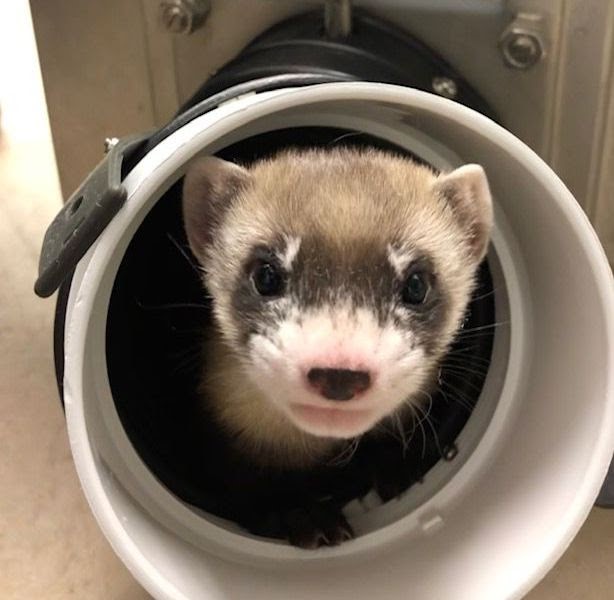Meet Elizabeth Ann, The First Cloned Ferret!
As the decades pass by, mankind has made great strides toward amazing advancements. One idea that was seen as science fiction only a few decades ago has been fully attained in recent years — the cloning of living organisms. Though the idea seemed unattainable, recently scientists celebrated a successful cloning experiment with hope for many more to come.
Elizabeth Ann, a black-footed ferret, was born recently using frozen cells from another black-footed ferret, and has become the topic of many news outlets lately. The black-footed ferret’s DNA originated from frozen cells from another ferret named Willa–who died in 1988. Since the decline of the black-footed ferrets, many scientists had come to the conclusion that the species was extinct, as Insider Magazine stated, “North America’s only ferret species was considered extinct until 18 were found on a Wyoming ranch in 1981.”
Fortunately enough, scientists could breed the already existing black-footed ferrets and bring them back from the brink of extinction. Although this method has been used before with a variety of other species, cloning has its limitations since the gene pool is small. One of the risks is that cloning can decrease the chances of cloned ferrets to reproduce disease free.
So, how exactly does it work? Scientists froze the DNA from Willa, a black-footed ferret that died in 1988, and used that to reproduce and create Elizabeth Ann. The cells from the sample were then used within a surrogate mother ferret, which then gave birth to the living clone Elizabeth Ann. Since the processes used were recorded and successful, scientists now hope to bring back other species on the brink of extinction.
As mentioned before, cloning and creating Elizabeth Ann was a major breakthrough in the scientific community–which leaves plenty of room for more improvements. The ideas that many scientists could only dream of accomplishing have been coming to fruition. The outlandish ideas once called science fiction are now revolutions that can change the scope of the world.

